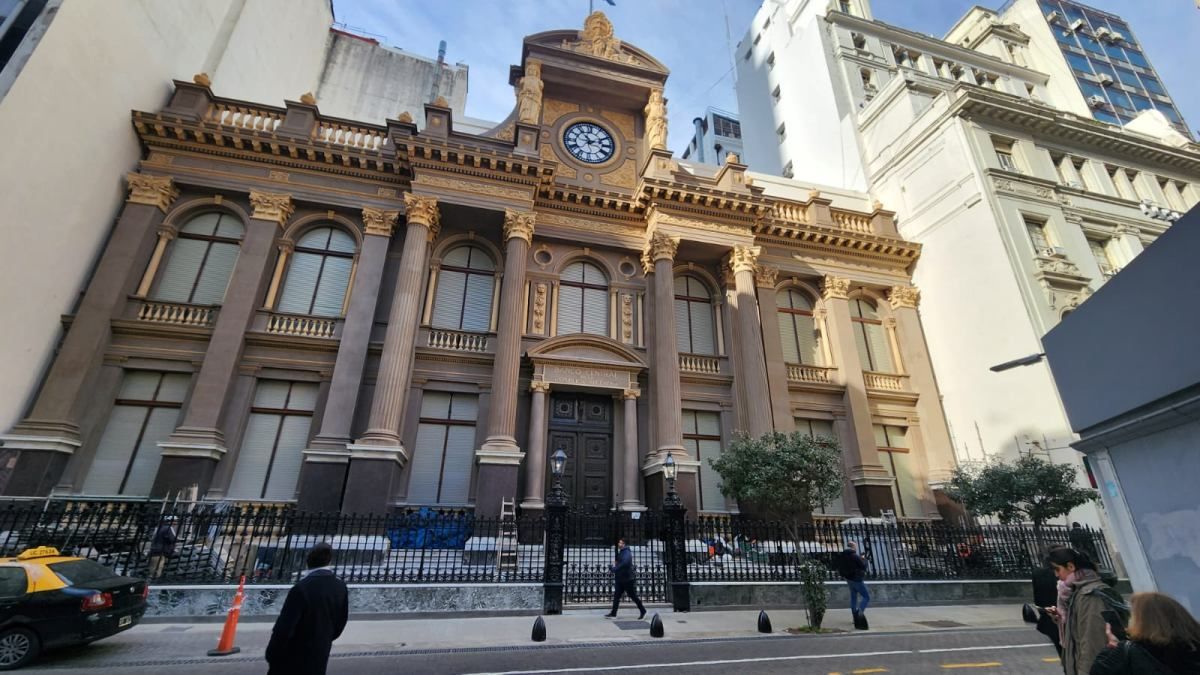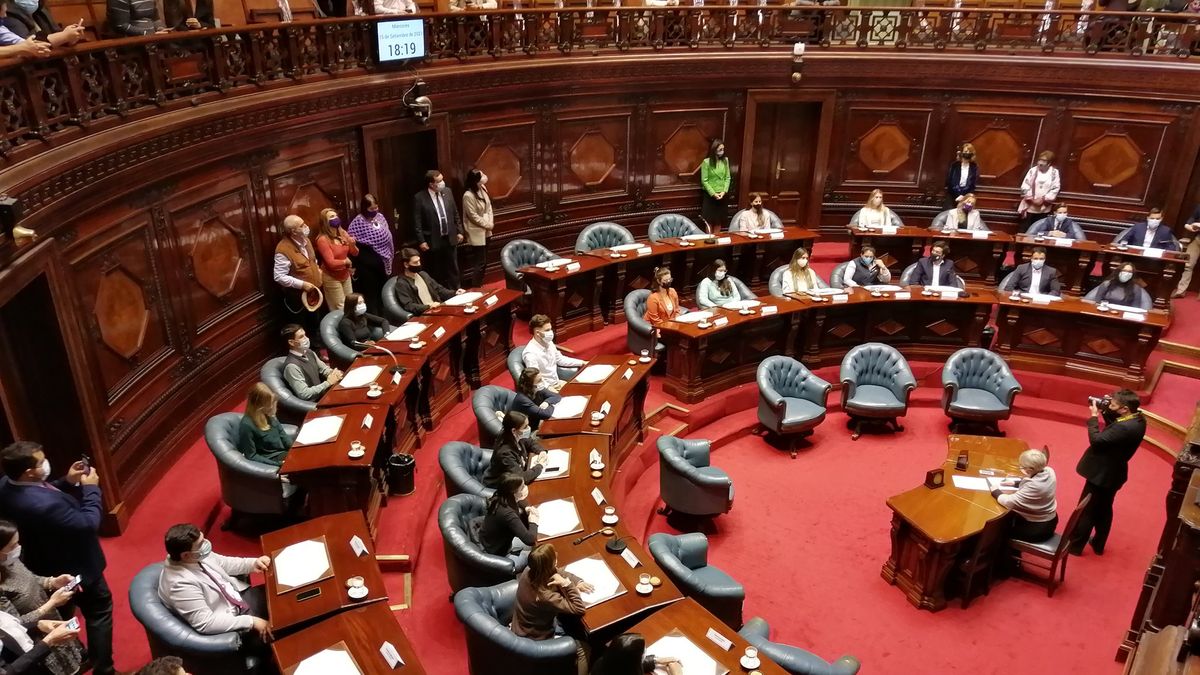In the last few hours, the Government celebrated the financial surplus achieved in January by dint of the blender plan that adjusted public spending in real terms, especially in retirements, transfers to provinces and public works. And, linked to this, Javier Milei He also celebrated the liquefaction of the Central Bank’s liabilities in pesos, which he considers essential to advance in the lifting of the stocks exchange rate and the questioned dollarization of the economy. It is true that the balance sheet of the BCRA He had an improvement compared to the situation prior to his assumption; however, The combo of tools chosen to reduce the monetary regulator’s stock of paid debt hides a latent mass of liabilities that were transferred to the Treasury, but that ultimately the Central will have to face in case the market mood alters. Its about growing volume of liquidity insurance sold to banks to boost their migration to government securities.
The dynamic is beginning to attract attention in certain offices in the City and is beginning to be mentioned by some of the most widely read consultants in the market. The fact is that, according to private estimates, the current stock of these insurance policies (known in financial jargon as puts or purchase options) It already represents a third of the BCRA’s paid debt.
According to estimates of the consultant 1816the entity that presides Santiago Bausili has puts issued for a net market value of almost $10 billion. As of February 15, banks had purchased liquidity insurance for $18.8 trillion. Of that amount, according to the consulting firm’s calculations, around $9.1 billion would have been spent. That is to say, the current stock would be $9.7 billion.
image.png
What is the drawback? These puts are the tool chosen by the economic team to encourage banks to dismantle overnight passes issued by the BCRA (with which they back their clients’ fixed-term deposits) and buy the longer-term securities placed by the Treasury. , which are generally seen as riskier (even more so after the 2019 re-profiling). They function as a kind of liquidity insurance that banks can buy to ensure that when they want to get rid of the Treasury bonds, the monetary authority is on the other side as the buyer. In dialogue with this medium, a source from the banking sector summarized it like this: “If the mood changes and the banks turn around, the Central Bank will have to issue to buy those bonds from them.. And those pesos that the banks charge the next day once again swell the Pass account that they are precisely seeking to reduce. Everything returns to the starting point”.
Thus, by 1816, These puts turn out to be “contingent paid liabilities” in practice.. It happens that financial entities that have participated in the tenders of the Ministry of Economy and have purchased liquidity insurance from the Central Bank can activate the purchase option by the monetary authority from one day to the next. That is why the consulting firm run by Adrián Rozanski, Mariano Skladnik and Martín Defilippo maintains that, if this comes to fruition, they will become “immediately passive Passes.”
The monetary strategy of the BCRA
This is not a minor point. Both because of its magnitude and because of the place it occupies in the official strategy. Promoting the migration of banks to Treasury debt via the issuance of puts is one of the key tools used by the Luis Caputo – Santiago Bausili tandem to reduce the stock of liabilities remunerated in pesos in real terms. In fact, weeks ago, it expanded the scope of insurance for securities maturing until the end of 2027 (previously they went until 2025). The other tools are: brake on monetary issuance to assist the treasury from the fiscal adjustment shock, the savings liquefaction by reducing the interest rate in a context of escalating inflation and the dollarization of a part of the BCRA’s liabilities through the BOPREAL.
These factors were counterbalanced by the issuance of pesos to buy dollars (around $5 billion) and to pay the interests of the Passes (for around $4.9 billion) despite the fact that these were liquefied in real terms.
The balance of this policy is that between December 7 and February 15 (latest official data available) the stock of liabilities remunerated in Central pesos (formerly Leliq + Passes and now mainly Passes) went from $21.4 billion to $29.1 billion. Although they grow in nominal value, In real terms it implied a drop of close to 10%. The blender also left a strong contraction of the monetary base in real terms. These data, which the Government celebrates in its dollarization efforts, are combined with the purchase of foreign currency (recession and staggering of payment for imports through), although net reserves remain negative at around US$5.5 billion.
What this panorama does not include are the more than US$6,000 million placed in the BOPREAL (the dollar bond for importers with commercial debts), which represents a commitment to pay foreign currency in the future and/or lower tax collection for the use of a part for the payment of taxes. Nor does it consider the almost $10 billion of current puts, which today appear as Treasury liabilities but could quickly be catalyzed to the BCRA.
“That debt, although it is from the Treasury, having puts is equivalent to being placed overnight and being from the Central. Faced with a deterioration in macro conditions (and especially fiscal convergence), the banks are going to exercise the options, barely paying a cost of 2% with respect to the rate of the last tender, and they are going to return to pure Central Bank risk (Passes)”, he explained Emiliano Anselmichief economist of Portfolio Personal Inversiones, in dialogue with Ámbito.
Today, the market chooses to believe in the viability of the official adjustment shock that liquefies income and savings at record speed, and that is already impacting consumption, productive activity and poverty levels. Thus, it validates a compression of the exchange gap and an increase in sovereign bonds, and contributes to the official monetary strategy.
Although, according to 1816, “there are reasonable doubts” about sustainability of this plan. On the one hand, he points out that for this to happen it is necessary “that people be very patient with the adjustment (something difficult to predict) and/or that the fiscal balance does not depend only on the liquefaction (and that implies working with Congress). ”. On the other hand, it states that, although Milei ratifies dollarization (highly questioned by opponents and economists of different profiles due to its impact on the country’s development possibilities) and recognizes that it still needs to resolve the stock of Passes for $29 billion, there is no We have to lose sight of the “contingent remunerated liability of the BCRA” represented by the $9.7 trillion of puts that are held by the banks.
Source: Ambito




